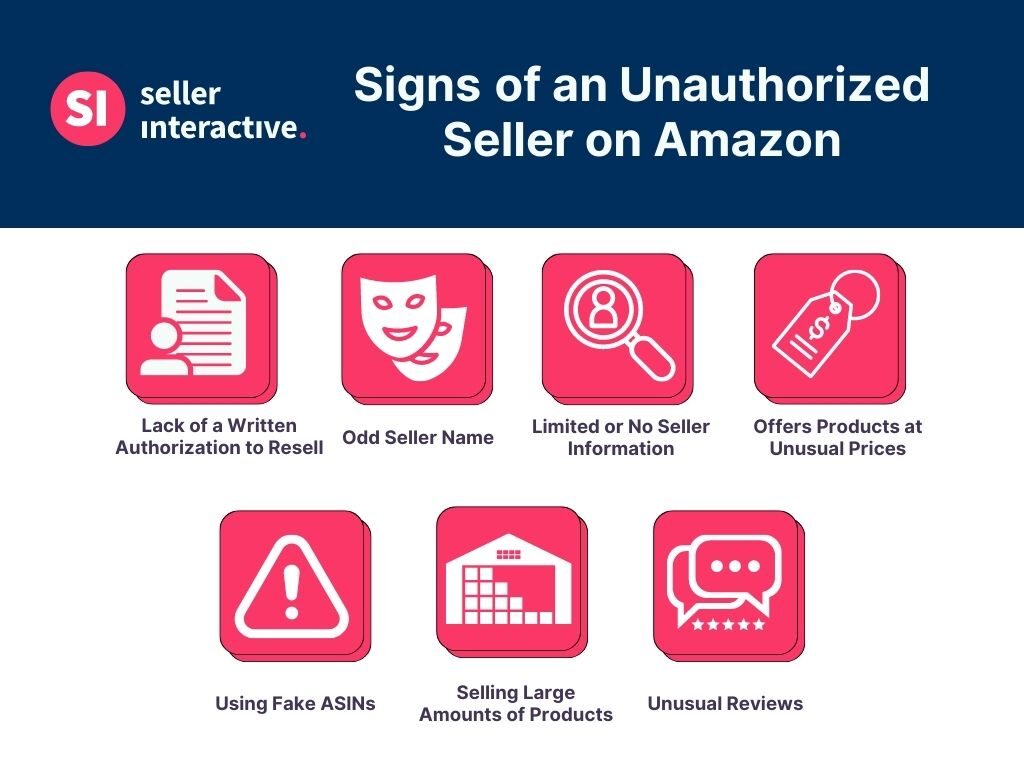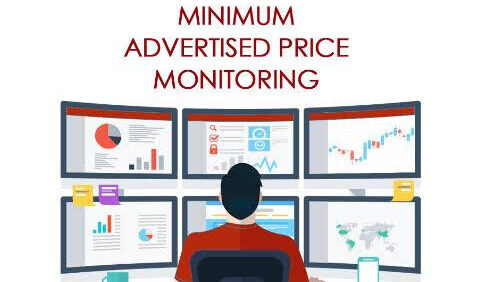Today, where competition is intense and rapid technological advancements continuously reshape business landscapes, companies face the challenge of maintaining profitability while upholding brand value. One critical strategy for achieving this balance is the implementation and monitoring of Minimum Advertised Price (MAP) policies. MAP monitoring has become an essential tool for businesses seeking to protect their brand integrity, ensure fair competition, and maintain healthy profit margins.
Let’s understand the essentials of monitoring your MAP, its importance, and how businesses can effectively implement and manage these strategies.
Understanding MAP Policies
A Minimum Advertised Price (MAP) policy is a set of guidelines established by a manufacturer that dictates the lowest price at which a retailer can advertise a product. It is important to note that MAP policies do not control the actual selling price of a product; instead, they regulate the advertised price. This distinction is crucial, as antitrust laws in many jurisdictions, particularly in the United States, prohibit manufacturers from setting fixed resale prices.

Image Source: Metrics Cart
MAP policies aim to ensure that all retailers operate on a level playing field when it comes to advertising, preventing larger retailers from using aggressive discounting strategies to undermine smaller competitors. By establishing a minimum advertised price, manufacturers help maintain the perceived value of their products and protect the brand’s reputation.
Why MAP Monitoring Matters
Effective MAP monitoring is essential for several reasons:
- Brand Integrity: When retailers adhere to MAP policies, they help preserve the brand’s premium image. Consistently low advertised prices can erode brand value, leading consumers to perceive the products as cheap or inferior. Maintaining price consistency across various channels helps reinforce the brand’s reputation for quality.
- Fair Competition: MAP policies create a level playing field for all retailers, regardless of size. Without these policies, large retailers could use their buying power to undercut smaller competitors, driving them out of business. By ensuring fair competition, MAP policies help maintain a diverse retail landscape, fostering innovation and consumer choice.
- Profit Margin Protection: By preventing excessive discounting, MAP policies help protect profit margins for both manufacturers and retailers. This stability allows businesses to invest in product development, marketing, and customer service, ultimately benefiting consumers.
- Channel Harmony: MAP policies help maintain harmony across distribution channels. Retailers who comply with MAP guidelines are more likely to collaborate with manufacturers on joint marketing initiatives and promotions, creating a more cohesive brand strategy.
- Consumer Perception: Consistent pricing in advertisements helps build consumer trust. When customers see uniform prices across different platforms and retailers, they are more likely to believe in the product’s value proposition, which can positively impact purchasing decisions.
Implementing Effective MAP Monitoring

Successful MAP monitoring involves several key steps that businesses must follow to ensure compliance and address violations promptly.
1. Develop a Clear MAP Policy
Before monitoring can begin, manufacturers must establish a clear and comprehensive MAP policy. This policy should outline the minimum advertised price for each product and specify the consequences of non-compliance. It is crucial to communicate the policy clearly to all retail partners and obtain their acknowledgment of the terms.
When developing a MAP policy, manufacturers should consider factors such as:
- Product Categories: Different product categories may require distinct MAP pricing strategies based on factors like market demand, competition, and brand positioning.
- Geographic Variations: Prices may need to be adjusted for different regions to account for local market conditions and cost structures.
- Seasonality: Certain products may experience fluctuations in demand due to seasonal factors, necessitating temporary adjustments to MAP pricing.
2. Utilize Advanced Monitoring Tools
Monitoring MAP compliance manually is an arduous task, especially for businesses with a vast network of retail partners and an extensive product range. To streamline this process, companies should invest in advanced MAP monitoring tools and software.
These tools can automatically track advertised prices across various online and offline platforms, providing real-time alerts when violations occur. By leveraging technologies such as web scraping, artificial intelligence, and machine learning, businesses can efficiently identify and address pricing discrepancies.
3. Establish a Violation Resolution Process
Once a MAP violation is detected, it is essential to have a well-defined process for addressing the issue. Manufacturers should work collaboratively with retailers to resolve violations promptly and amicably. This process should include:
- Notification: Inform the retailer of the violation and provide evidence of the infraction.
- Education: Offer guidance and support to retailers to help them understand the importance of MAP compliance and the potential consequences of non-compliance.
- Correction: Allow the retailer a reasonable timeframe to correct the advertised price to comply with the MAP policy.
- Escalation: If the violation persists, consider escalating the issue by imposing penalties, such as withholding promotional support or terminating the retailer relationship.
4. Foster Collaborative Relationships
Building strong, collaborative relationships with retail partners is vital for effective MAP monitoring. Manufacturers should engage in open communication with retailers, providing them with the necessary resources and support to comply with MAP policies.
Regular meetings, training sessions, and workshops can help foster a culture of compliance and collaboration. By demonstrating a commitment to mutual success, manufacturers can encourage retailers to prioritize adherence to MAP guidelines.
5. Monitor Multiple Channels
In today’s omnichannel retail environment, monitoring MAP compliance across multiple platforms is essential. Online marketplaces, social media, and mobile apps have become significant channels for advertising and selling products. Manufacturers must ensure that their MAP policies extend to these digital channels, as well as traditional brick-and-mortar stores.
Advanced monitoring tools can help businesses track advertised prices across diverse channels, allowing them to identify violations in real time and take appropriate action.
Challenges in MAP Monitoring
While monitoring your MAP offers numerous benefits, it also presents several challenges that businesses must navigate.
1. Legal and Regulatory Compliance
MAP policies must be carefully crafted to comply with legal and regulatory requirements. Antitrust laws vary by jurisdiction, and businesses must ensure that their policies do not violate these laws. Legal counsel should be consulted to review MAP policies and ensure they are enforceable and compliant.
2. Global Market Complexities
For businesses operating in international markets, MAP becomes even more complex. Different countries have varying regulations regarding pricing policies, and manufacturers must adapt their strategies accordingly. Cultural differences and varying consumer expectations also play a role in shaping MAP policies for global markets.
3. Identify Unauthorized Sellers with MAP Monitoring

Image Source: Seller Interactive
The rise of online marketplaces has made it easier for unauthorized sellers to advertise products at prices below the MAP guidelines. Identifying and addressing these unauthorized sellers can be challenging, but it is essential for maintaining brand integrity and protecting authorized retail partners.
Manufacturers may need to collaborate with platform operators to remove unauthorized listings and take legal action against repeat offenders.
4. Dynamic Pricing
The increasing prevalence of dynamic pricing strategies, where prices fluctuate based on demand and supply conditions, poses a challenge for MAP monitoring. Manufacturers must strike a balance between allowing flexibility in pricing and ensuring compliance with MAP policies.
Advanced monitoring tools can help identify patterns in dynamic pricing and alert manufacturers to potential violations.
Conclusion | Final Takeaways in MAP Monitoring
As the retail landscape continues to evolve, businesses must remain vigilant in their MAP violation efforts, adapting to changing market conditions and consumer expectations.
By prioritizing MAP compliance, companies can build trust with consumers, foster long-term relationships with retail partners, and secure their position as leaders in their respective industries.
To effectively implement a full-suite MAP tracking system for your brand, schedule a demo with us today.




